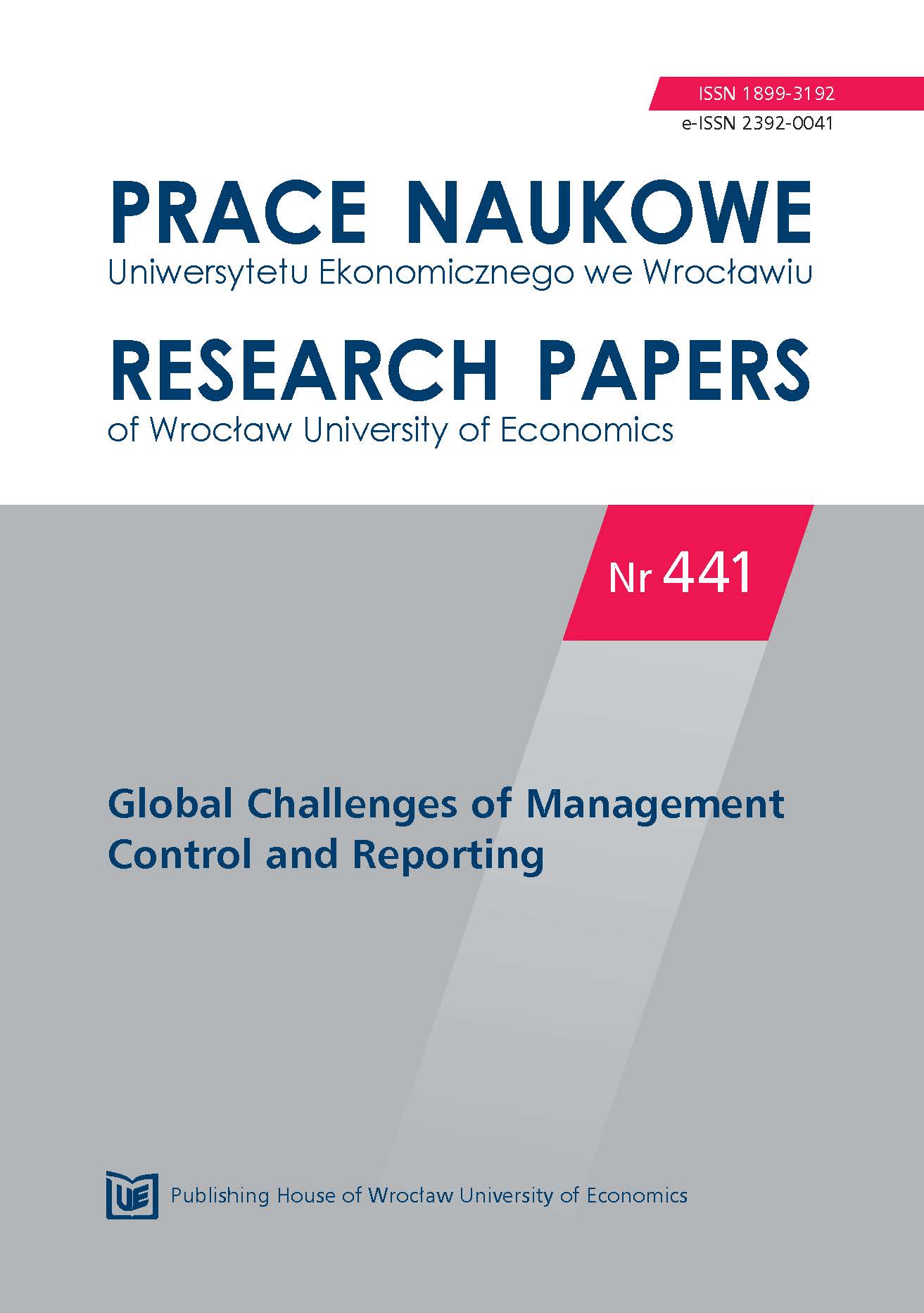The problem of performance measurement at public universities
The problem of performance measurement at public universities
Author(s): Michał Pietrzak, Piotr PietrzakSubject(s): Economy
Published by: Wydawnictwo Uniwersytetu Ekonomicznego we Wrocławiu
Keywords: efficiency; higher education; composite indicators
Summary/Abstract: Higher education is a desirable good from the social welfare point of view. This is the reason for the justification of governmental support of universities. Very often governmental support takes the form of publicly held universities. However, an important question is the efficiency of such a solution. The public sector does not seem to be the most efficient form of organization for delivering goods and services. The aims of this paper are twofold. The first one is the discussion of the problem of efficiency in the public higher education and its defining. This is done mainly from the property rights theory point of view. The second one is to study empirically efficiency of public education entities. We assume that the basic unit of both competition and strategic decisions, as well as analysis of efficiency should be a faculty instead of a university treated as a whole. Moreover, faculties should be compared in more or less similar groups because of the high differences in conducting research and teaching processes, which can be observed between different areas of science. We examined the sample of 33 faculties specialized in social sciences (i.e. economics, law, political science, sociology, management, pedagogy, psychology) from Poland. We investigated their efficiency based on the composite indicators method. A composite indicator enables aggregation of three sub-indicators (the number of students per one academic teacher, the number of publications per one academic teacher, the value of externally acquired funds per one academic teacher) into one measure, which makes it possible to compare many objects (faculties). The Min-Max method can be used in normalisation, which brings the values of all variables into the range [0, 1]. Faculties are ranked according to their scores of the composite indicator. Finally, we drew attention to potential directions of further research.
Journal: Prace Naukowe Uniwersytetu Ekonomicznego we Wrocławiu
- Issue Year: 2016
- Issue No: 441
- Page Range: 191-201
- Page Count: 11
- Language: English

